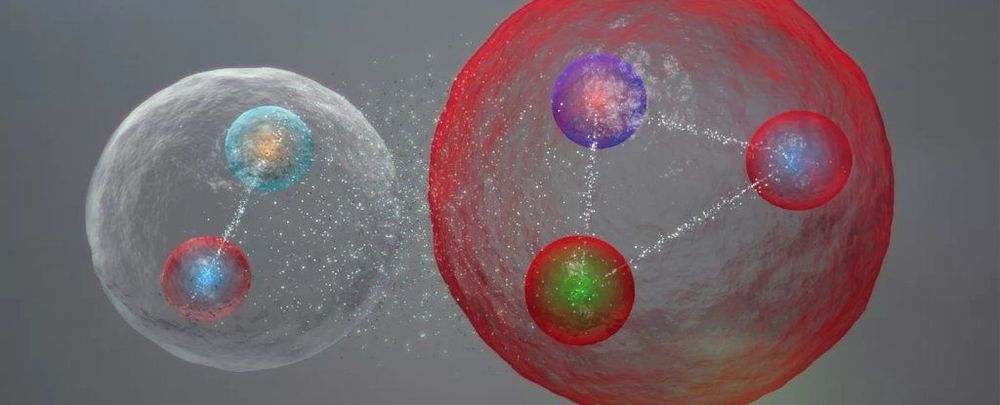CMU becomes space-faring university with payloads aboard Astrobotic lander.



LOS ANGELES (AP) — A huge blob that appeared on the National Weather Service’s radar wasn’t a rain cloud, but a massive swarm of ladybugs over Southern California.
Meteorologist Joe Dandrea says the array of bugs appeared to be about 80 miles (129 kilometers) wide as it flew over San Diego Tuesday.
But Dandrea tells the Los Angeles Times that the ladybugs are actually spread throughout the sky, flying at between 5,000 and 9,000 feet (1,525 and 2,745 meters), with the most concentrated group about 10 miles (16 kilometers) wide.


New results from the Large Hadron Collider have confirmed it. The mysterious five-quark subatomic particle — the pentaquark, only discovered a few years ago — really is composed of two sets of quarks.
One is a meson, a type of particle that contains a quark and antiquark pair; the other is a three-quark baryon: the subatomic particle that makes up most of the normal matter in the Universe, including protons and electrons.
This confirms that quarks aren’t just chucked together like a loose bag of marbles, but instead are structured more similarly to the way protons and neutrons are bound in an atomic nucleus — what the researchers call a ‘molecular’ state.

Those padded walls will help in low gravity, no doubt, and in the crew capsule, all six people get a window seat. “You’ll listen to the countdown and then feel the engine ignite and rumble under you as you climb through the atmosphere,” reads a description from Blue Origin. The capsule is 530 cubic feet.
The first crewed Blue Origin flight will simply reach the edge of space — a landmark called the Kármán Line — and then return. This the company’s reusable suborbital flight system, will launch the crew capsule to its destination before it descends to Earth, landing softly in the Texas dirt, thanks to parachutes. Blue Origin is also working on a heavy-lift launch vehicle designed to reach Earth orbit, called New Glenn, but that’s unlikely to fly before 2020.
The video — seen above — was shot by an Amazon representative and sent to Inverse. There’s no denying, it looks remarkably comfortable.





That’s why more than 100 repositories, communities, societies, institutions, infrastructures, individuals and publishers (including Springer Nature, the publishers of Nature) have signed up since last November to the Enabling FAIR Data Project’s Commitment Statement in the Earth, Space, and Environmental Sciences for depositing and sharing data (see http://). The principles state that research data should be ‘findable, accessible, interoperable and reusable’ (FAIR)2. The idea is not new, but aligning this broad community around common data guidelines is a radical step.
All disciplines should follow the geosciences and demand best practice for publishing and sharing data, argue Shelley Stall and colleagues.